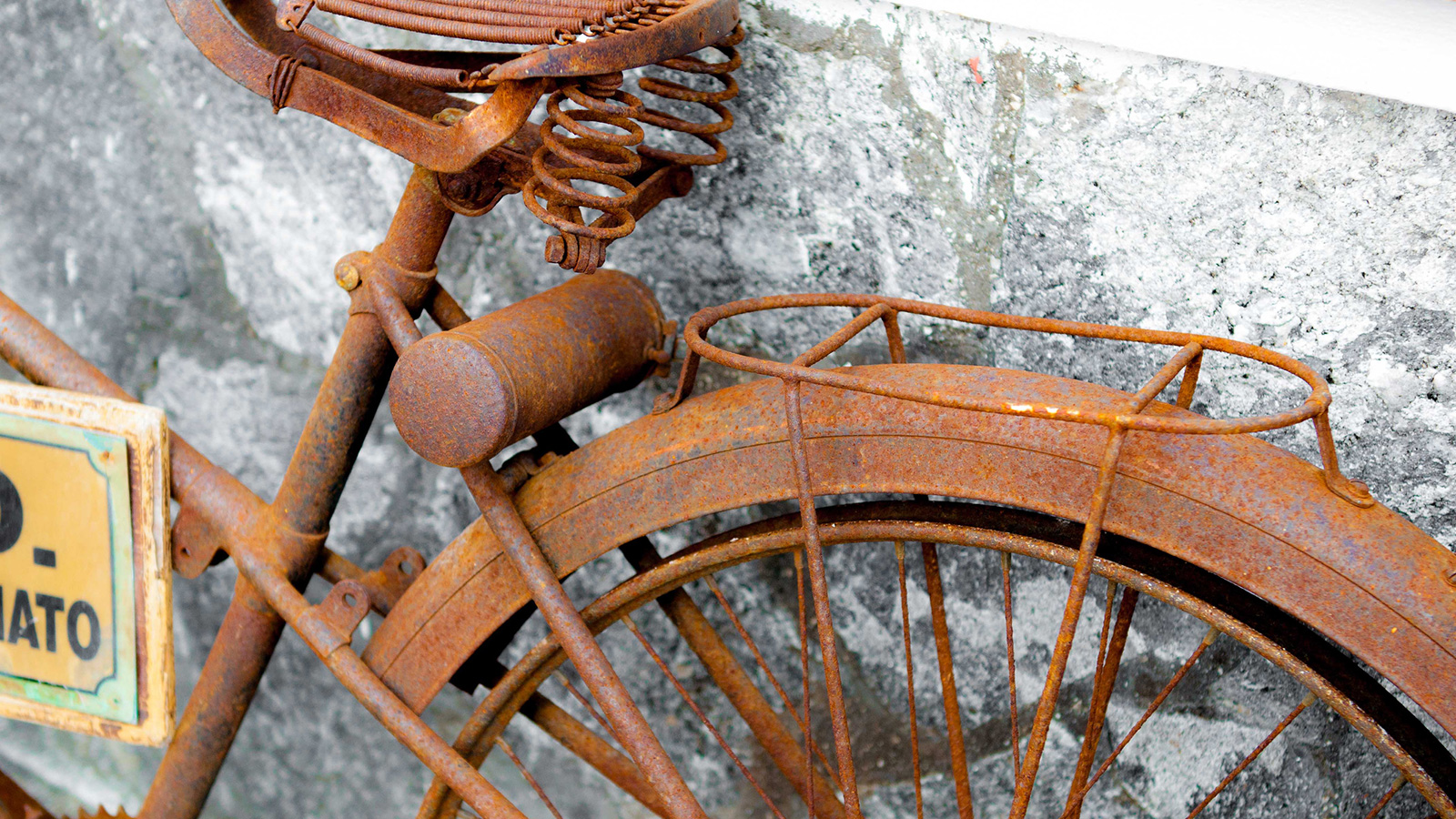What Are Some Easy Exothermic Chemical Reactions
Exothermic Reaction Examples Found in Real Life
Exothermic reactions are chemical reactions that release energy as heat or light. Chances are, there are examples of exothermic reactions all around you. Keep reading to learn more about exothermic reactions and to identify examples of exothermic reactions in real life.
 Example of exothermic
Example of exothermic
Everyday Examples of Exothermic Reactions
Did you know that several exothermic reactions happen during your morning routine? Brushing your teeth, washing your hair, and lighting your stove are all examples of exothermic reactions. Keep reading to learn about combustion, neutralization, corrosion, and water-based exothermic reactions.
Combustion Examples
When a type of fuel combines with oxygen, the reaction causes the substances to combust. The products of combustion reactions are heat, light, and a byproduct (typically soot, smoke, or ash). Some examples of combustion include:
- Lighting a match
- A fireworks display
- Lighting coals on a barbeque
- Starting a gas oven
- Lighting firewood for a campfire
- Burning a piece of paper

You can probably think of even more examples in which oxidation plus fuel results in combustion. They can be as explosive as a bomb or as small as a lit match. Either way, a reaction that creates more heat than it requires is exothermic.
Neutralization Examples
When you combine an acid and a base, they neutralize. This exothermic reaction creates heat as a byproduct along with water and salt. Some household examples of neutralization include:
- Toothpaste neutralizing mouth acid from bacteria
- Compost neutralizes acids in soil
- Vinegar can treat alkaline stings
- Antacids neutralize stomach acid
- Baking soda neutralizes acidic odors
- Acidic conditioner neutralizes alkaline shampoo

These are only a few of the examples of neutralization reactions that you're likely to see around the house. Any time an acid and a base react, the heat they create makes the reaction exothermic.
Corrosion Examples
Corrosion occurs when a material breaks down because of exposure to an oxydant, typically from the air. It may not seem like this reaction is exothermic because it happens at a slow rate. However, corrosion does generate heat over a longer period of time.
Examples of corrosion reactions include:
- A bicycle rusting outdoors
- A silver teapot becoming tarnished
- Copper developing a blue-green patina
- Iron pipes developing small pits (pitting corrosion)
- A ceramic mug degrading over time
- Glass windows developing an oxidation film

Corrosion can happen with different types of plastic as well. It can be difficult to remove corrosive effects from these materials, but some products can reverse the reaction (e.g., applying silver tarnish).
Water-Based Examples
You may know that water has three states: solid, liquid, and gas. Every time it goes from one state to the next without the application of heat, an exothermic reaction occurs. Examples of water-based reactions that create heat include:
- Condensation of water vapor into rain
- Acid dissolving into water
- Ice cubes freezing
- Steam from a teapot condensing into droplets
- A lake freezing over

These examples are exothermic because they create heat rather than requiring heat. The reverse reactions, such as melting ice cubes or water converting to steam, can't occur without heat. That makes the reverse reactions endothermic reactions.
Exothermic vs. Endothermic Reactions
It can be easy to mix up exothermic and endothermic reactions. But they are actually opposites: while exothermic reactions create heat and light, endothermic reactions require heat or light to occur. Examples of endothermic reactions include photosynthesis (which uses sunlight) and melting ice cubes (which uses heat).
Another way to think of exothermic versus endothermic reaction is by chemical bonds. When a reaction creates chemical bonds, heat energy is released, making it exothermic. Endothermic reactions break chemical bonds with outside energy.
How to Measure Exothermic Reactions
But how can you tell if a reaction produces heat, especially in long-term or very small chemical reactions? Scientists use calorimeters, which measure very small amounts of heat, to determine whether a reaction is exothermic. You can also tell if a reaction creates heat energy if it is warmer than the surrounding environment.
Chemical Reactions Are Part of Life
It's amazing to think of how many chemical reactions happen all around us – even inside our bodies! Exothermic reactions are only part of the chemistry puzzle. Check out ways that endothermic reactions make their way into your everyday life with this list of examples.
cunninghamnothaveld.blogspot.com
Source: https://examples.yourdictionary.com/exothermic-reaction-examples-found-in-real-life.html
0 Response to "What Are Some Easy Exothermic Chemical Reactions"
Post a Comment